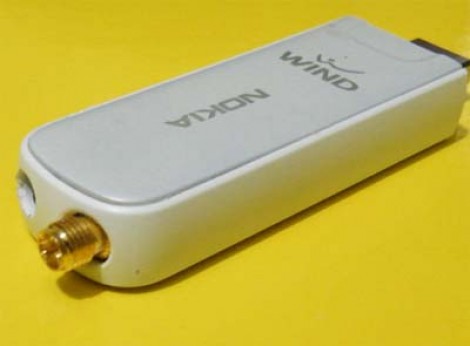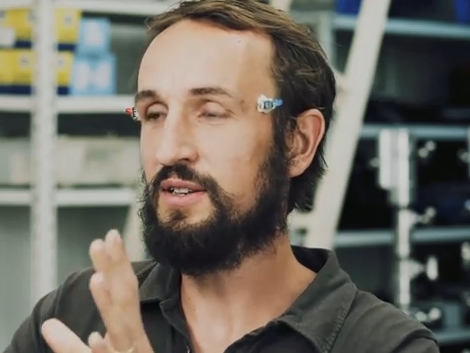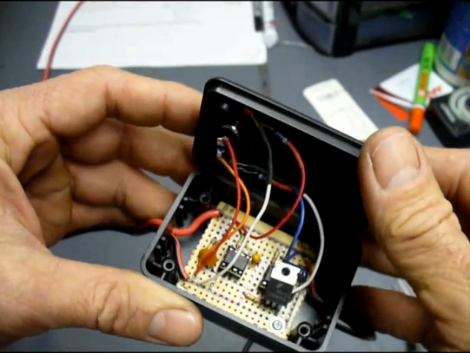
Custom displays are a lot of fun to look at, but this one is something we’d expect to see at a trade show and not on someone’s kitchen table. [Taha Bintahir] built a 3D volumetric display and is showing it off in the image above using a 3DS file of the Superman logo exported from Autodesk. In the video after the break you can see that the display is a transparent pyramid which allows a viewer to see the 3D object inside from any viewpoint around the display. Since first posting about it he has also added a Kinect to the mix, allowing a user to control the 3D object with body movements.
There’s basically no information about the display hardware on [Taha’s] post so we asked him about it. It works by first taking a 3D model and rendering it from four different camera angles. He’s using a custom designed prism for he display and the initial renderings are distorted to match that prism’s dimension. Those renderings are projected on the prism to give the illusion of a 3D object floating at its center.
We’re hoping to hear more details about how this was designed and what hardware is being used. We’ll post a follow-up if [Taha] shares more information.
















